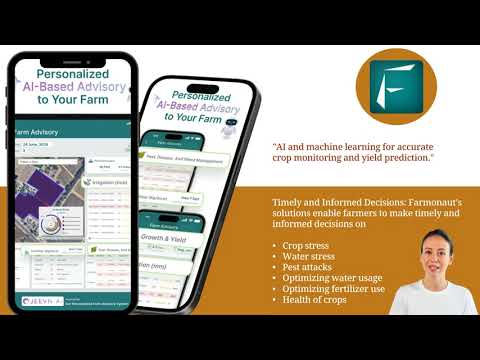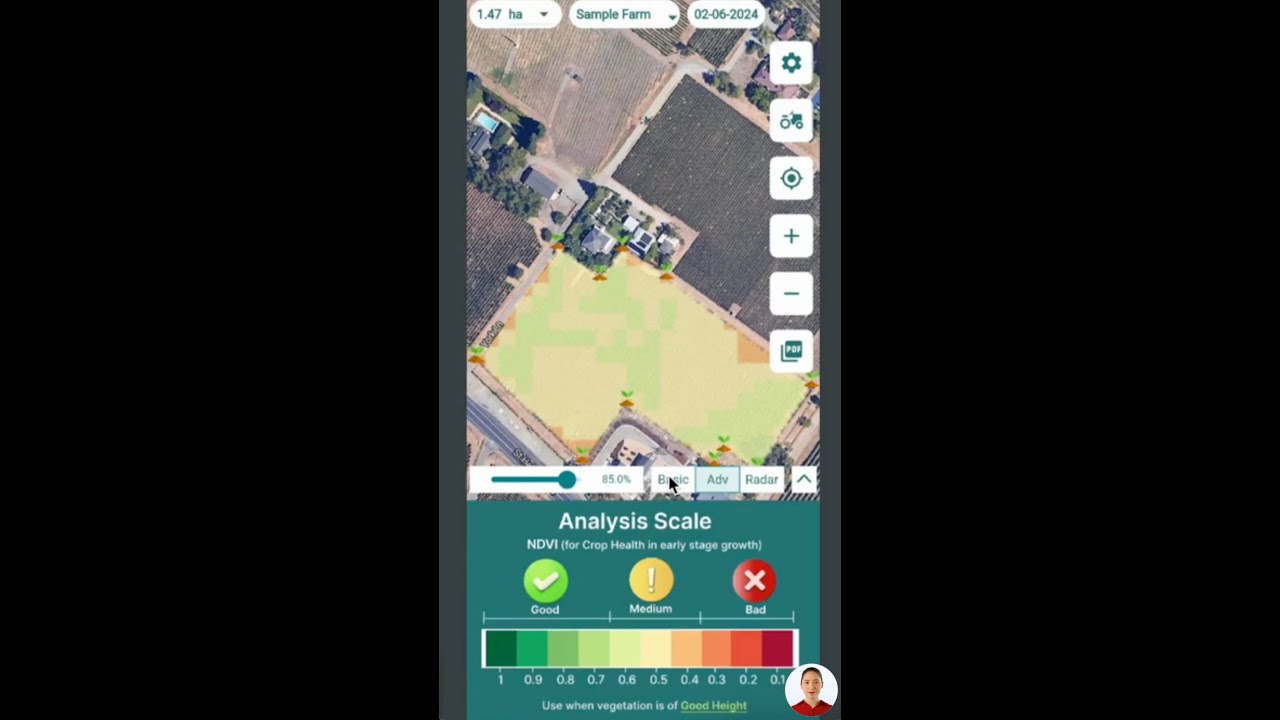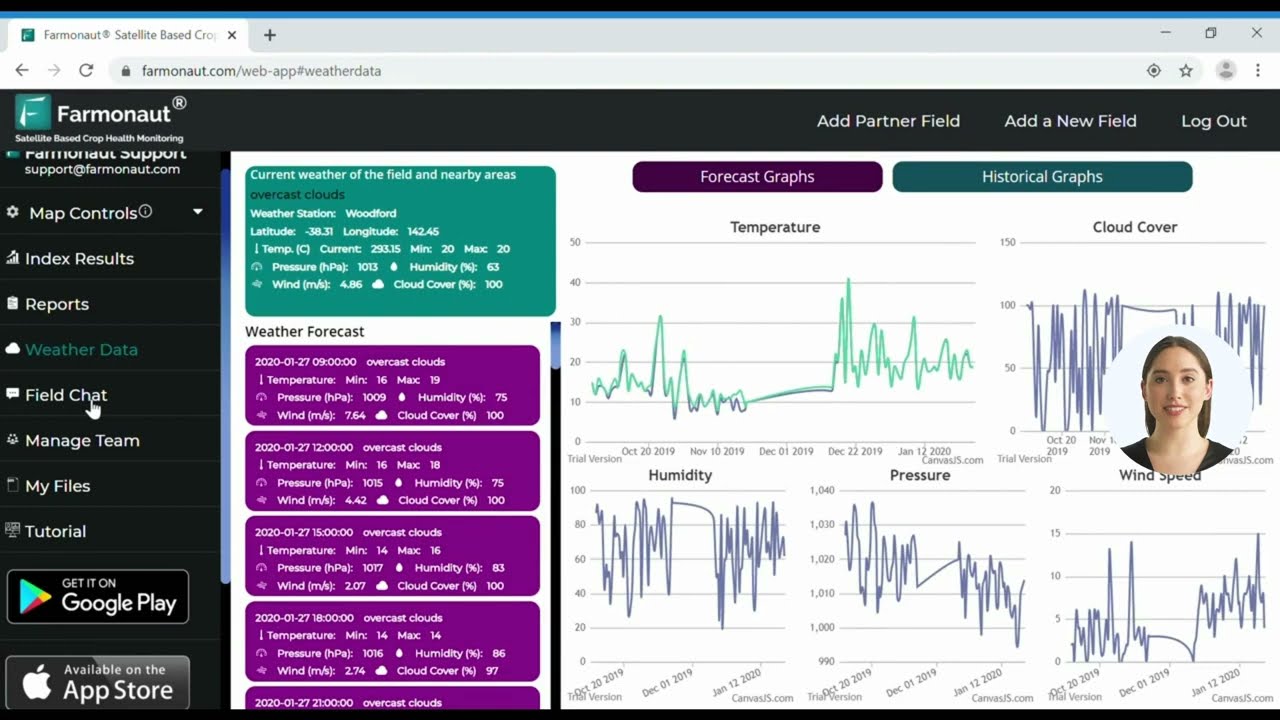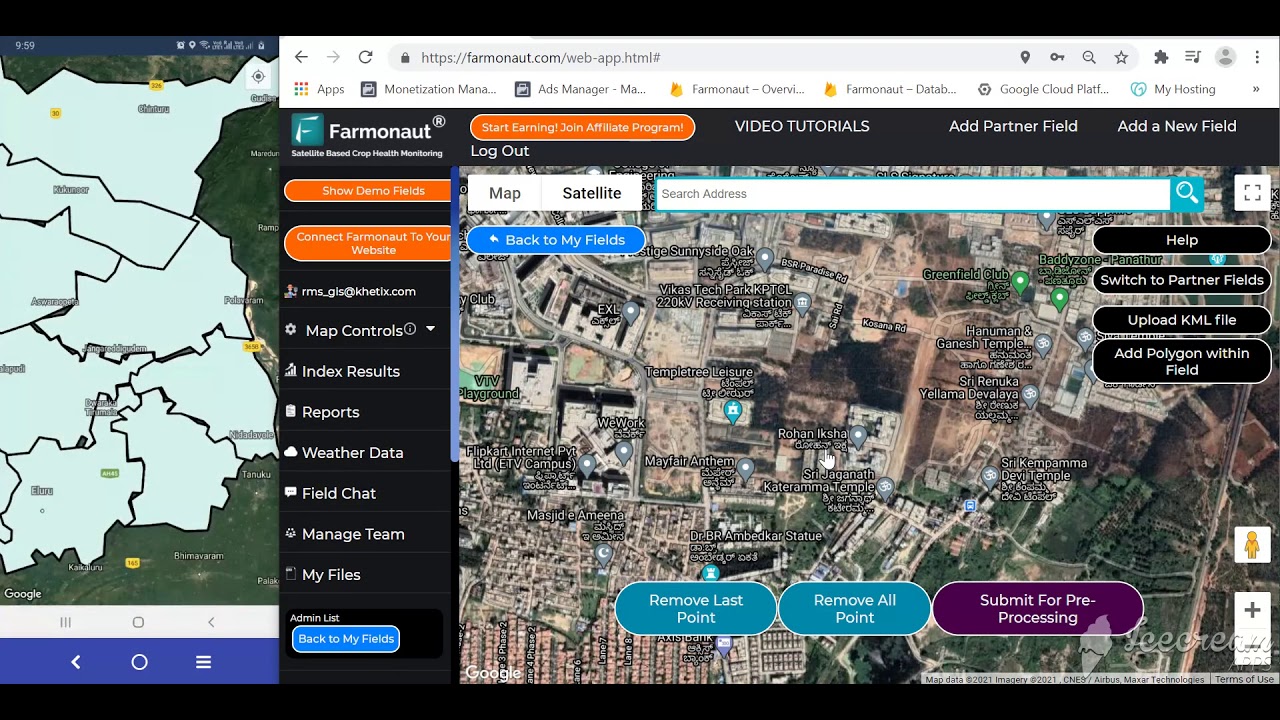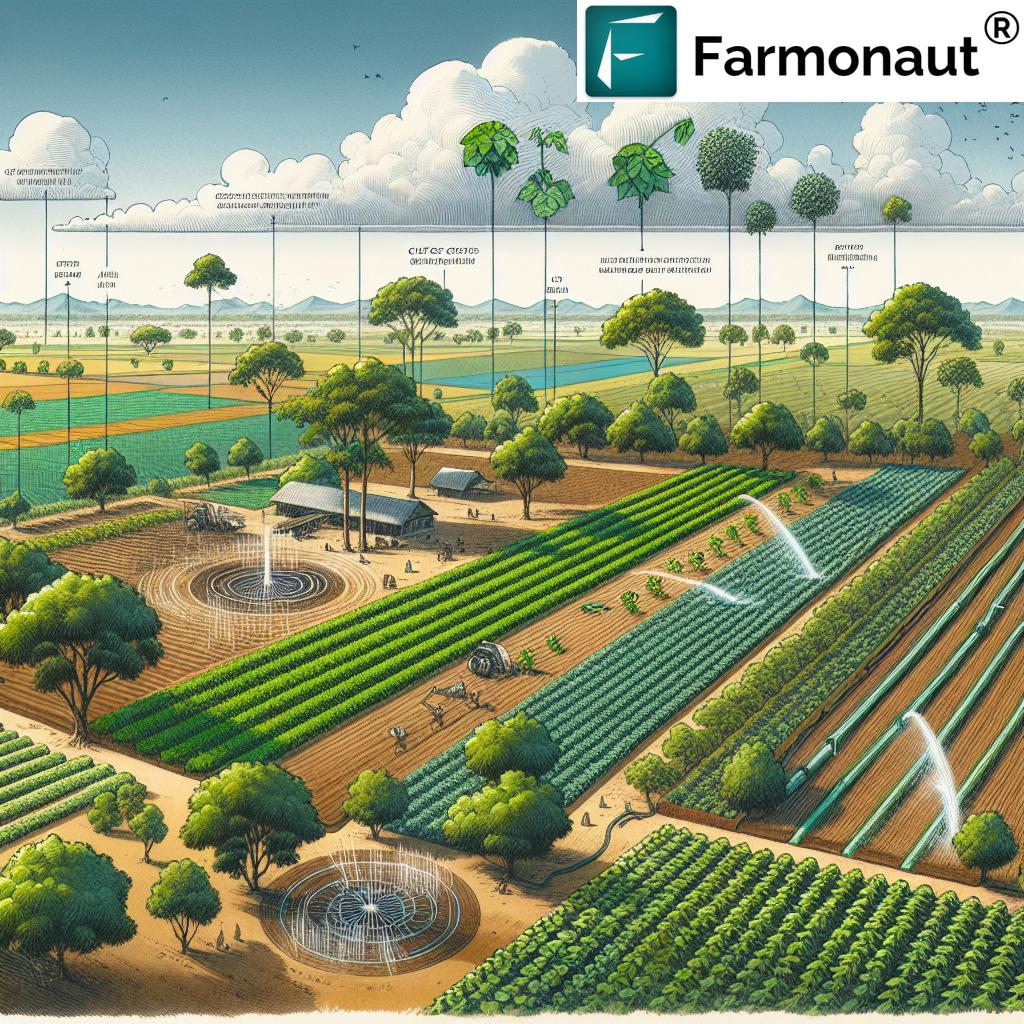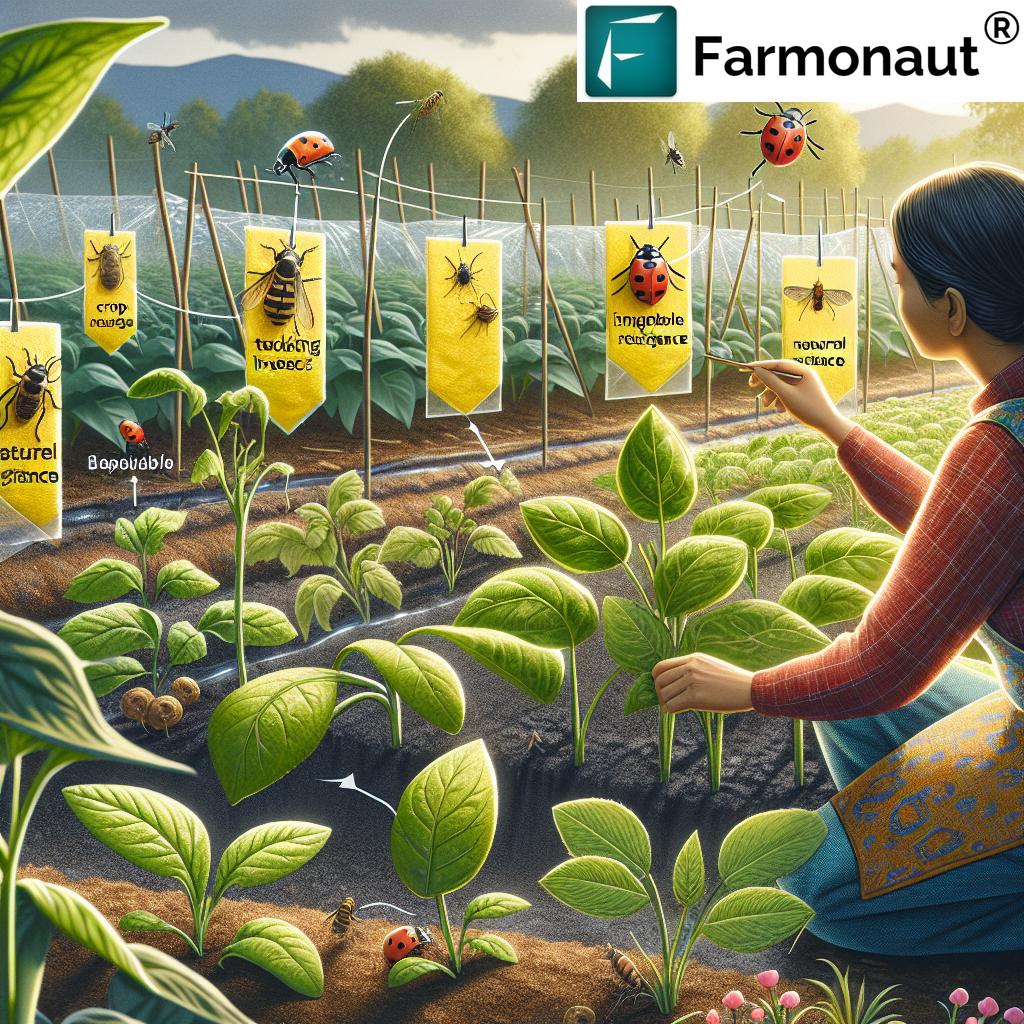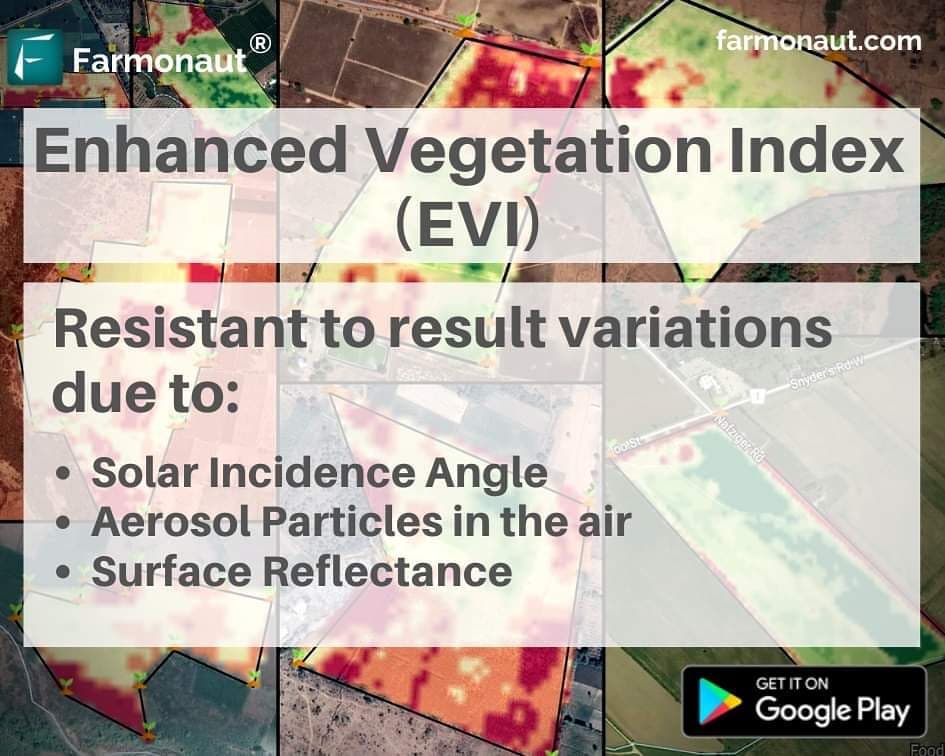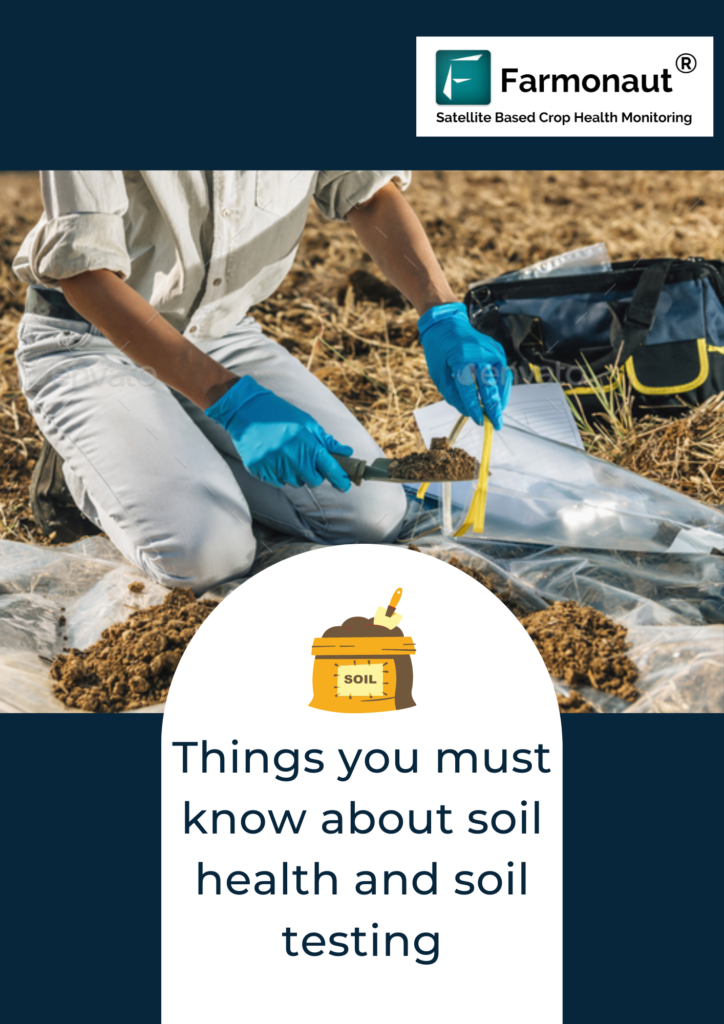How to Get Rid of Grape Leafhoppers: Top Methods
“Up to 70% of grape yield loss can occur if grape leafhopper infestations are left unmanaged in vineyards.”
Introduction to Grape Leafhoppers
Grape leafhoppers (Erythroneura spp.) pose a significant pest management challenge in global viticulture. By feeding on the undersides of grape leaves, these small but destructive insects cause stippling, interrupt photosynthesis, and can facilitate the transmission of certain plant pathogens. If left untreated, grape leafhopper infestations may devastate grapevine health and reduce vineyard productivity.
The changing landscape of agriculture emphasizes sustainable pest management. Today, we need an integrated approach—one that favors grape leafhopper control through diligent monitoring, effective cultural practices, biological control methods, and prudent chemical interventions only when necessary. By implementing these strategies, we not only manage leafhopper populations but also help preserve the environment, protect beneficial insects, and ensure high-quality grape yields.
Throughout this guide, we’ll examine each aspect of integrated pest management in vineyards and provide step-by-step methods to get rid of grape leafhoppers—allowing your vineyard, whether it’s located in California’s Napa Valley, the vineyards of Europe, or India’s Nashik, to thrive.
Understanding Grape Leafhopper Damage in Grapevines
Let us first understand how leafhopper damage in grapes occurs and why early action is critical. Grape leafhoppers—particularly the Erythroneura species such as E. elegantula and E. variabilis—overwinter in vineyard debris or nearby vegetation. In the spring, adults migrate onto young grapevines, laying eggs along the undersides of leaves.
As nymphs hatch and feed on leaf undersides, we start to notice stippling—tiny, pale dots caused by the removal of leaf cells. Heavy infestations lead to:
- Reduced photosynthesis—impairing plant health and yield
- Premature leaf drop
- Lower sugar content in grapes
- Increased risk of transmission of plant pathogens
In severe scenarios, up to 70% grape yield loss can occur if leafhopper infestations are neglected.
Our best chance for effective management lies in early detection and swift, informed action. That’s where integrated pest management (IPM) becomes essential.
Monitoring and Detection: The Foundation of Grape Leafhopper Control
Successful grape leafhopper control begins with accurate and timely monitoring. Without knowing current pest pressure, we risk applying inappropriate, untimely, or unnecessary interventions. Let’s break down the best practices for monitoring and detection:
1. Visual Inspection of Vine Leaves
- Regularly inspect the undersides of grape leaves for signs of stippling, nymphs, shed skins, and adult leafhoppers.
- Check multiple locations within vineyards—edges, centers, shady, and sunny spots—to get a representative population assessment.
- Use a hand lens if needed to identify nymphs and early-stage infestations.
Example: On wine and raisin grapes, economic thresholds recommend intervention when more than 15-20 nymphs per leaf are observed (UC IPM guidelines).
2. Sticky Traps for Better Monitoring
- Deploy yellow sticky traps at a rate of 1 trap per acre or as needed, positioned at leaf canopy height.
- Sticky traps help monitor adult populations, track population surges, and aid in timing interventions.
- Check and replace sticky traps regularly, noting adult counts to spot trends.
These traps become especially useful when combined with sweep netting and visual checks, supporting more precise integrated pest management in vineyards. See more on sticky trap usage at Corteva Agriscience.
3. Sweep Netting and Population Counting
- Use a standard sweep net to capture and count leafhoppers in different parts of the vineyard.
- Sweep netting complements sticky traps, providing actual population data for both adults and nymphs.
Consistent grape leafhopper monitoring enables us to assess population surges and plan interventions. Weekly monitoring during peak seasons is ideal.
4. Establishing Leafhopper Treatment Thresholds
Making threshold-based decisions is crucial to avoid unnecessary chemical use and resistance development:
- Wine & Raisin Grapes: Treat when >15-20 nymphs/leaf observed.
- Table Grape Varieties: Early varieties like Flame Seedless: treat at 15 nymphs/leaf; Thompson (midseason): 5-10 nymphs/leaf.
Following economic thresholds minimizes cost, maximizes grape quality, and supports sustainable vineyard pest management.
“Monitoring grape leafhopper populations weekly can reduce chemical pesticide use by over 40% through targeted interventions.”
Cultural Control of Leafhoppers: Effective Vineyard Practices
Cultural control of leafhoppers is a low-cost, sustainable approach to reduce pest populations and prevent future infestations. These leafhopper management practices should be part of every vineyard’s routine.
1. Vineyard Sanitation and Removal of Overwintering Sites
- Remove weeds and vineyard debris in late winter and early spring.
- Eliminate old leaves, grass, and non-crop vegetation near vines to reduce overwintering sites for leafhoppers.
- Proper sanitation also prevents build-up of other pests and diseases.
Reference: Pacific Northwest Handbook
2. Canopy Management: Pruning for Light and Air
- Prune vines during the dormant season to reduce canopy density.
- Thinned, well-managed canopies dry out faster, reduce humidity, and become less attractive and accessible to leafhoppers.
- Good canopy structure improves spray coverage, enhancing the effectiveness of interventions.
Proper canopy management also supports other aspects of crop health, including disease suppression and improved yield quality.
3. Basal Leaf Removal and Precise Timing
- Remove basal leaves (the lower 4-6 leaves on shoots) before the first generation of adults emerges.
- This exposes leafhoppers to natural predators and improves insecticide efficiency if sprays are required.
Early basal leaf removal is especially important for high-value table grape varieties.
Learn more: Tips for Limiting Leafhopper Damage
4. Integrating Sanitation with Advanced Technology
Leveraging digital platforms and satellite-driven crop health monitoring from Farmonaut gives us accurate, field-wide insights on the effectiveness of our sanitation practices. Farmonaut’s Large Scale Farm Management tools help track canopy vigor and weed density for precise, data-driven decisions.
Biological Control of Grape Leafhoppers: Harnessing Natural Predators
Biological control of grape leafhoppers is an eco-friendly cornerstone of IPM, relying on predators and parasitic wasps to keep pest populations stable. Supporting and enhancing the vineyard’s natural enemy community is critical for sustainable leafhopper management.
1. Parasitic Wasps: Anagrus spp.
- Anagrus spp. are specialized parasitic wasps that lay eggs inside leafhopper eggs.
- This leads to high rates of leafhopper egg mortality, especially early in the season when wasp populations align with the presence of leafhopper eggs.
To promote wasps:
- Minimize or eliminate broad-spectrum insecticides that harm these beneficial species.
- Provide habitat through refuges (cover crops, flowering strips).
Reference: Pacific Northwest Handbook
2. Predatory Insects: Allies in Vineyards
- Lacewings, lady beetles, and minute pirate bugs are common vineyard predators of leafhopper nymphs and adults.
- Lacewing larvae and lady beetles are particularly effective at reducing nymph populations on leaf undersides.
- Planting diverse, insect-friendly cover crops helps maintain and attract a thriving predator community.
Read more: Farm Progress, Limiting Leafhopper Damage
Farmonaut’s technology can monitor areas of high photosynthesis, canopy density, and biodiversity, guiding us to better manage land for predator populations while reducing overall need for interventions.
3. What to Avoid for Maximum Biological Control
- Broad-spectrum chemicals that kill both pests and natural predators.
- Over-removal of habitat (weeds, cover crops) that support beneficial insects.
By prioritizing natural controls, we foster a more resilient ecosystem.
Chemical Control of Leafhoppers: Responsible & Targeted Interventions
When leafhopper populations exceed economic thresholds, as determined through vigilant grape leafhopper monitoring, targeted chemical control of leafhoppers may become necessary. However, this should always be a last resort and conducted judiciously.
1. Choosing the Right Insecticides
- Imidacloprid (Wrangler) and acetamiprid (Assail 70WP) are widely recognized for their effectiveness on leafhoppers (Erythroneura spp.).
- Colorado State University Extension offers specific guidance on product selection and labels.
2. Best Practices for Application Timing & Coverage
- Time insecticide applications when nymphs (especially second generation) are present and most vulnerable.
- Ensure thorough spray coverage: Target not only the top but especially the undersides of leaves, where leafhoppers reside.
3. Chemical Resistance Management
- Rotate between insecticide classes (e.g., neonicotinoids to pyrethroids to spinosyns), preventing the buildup of resistant populations.
- Avoid unnecessary treatment—relying on threshold-based decisions reduces selection pressure for resistance.
4. Organic Vineyards
- Organic certification limits chemical options. Emphasis is placed on cultural and biological controls, supplemented by organically approved insecticidal soaps or oils if necessary.
Farmonaut’s carbon footprint management features allow us to measure, monitor, and strive to reduce excessive chemical usage—supporting sustainability and certification efforts in our grape production.
Integrated Pest Management in Vineyards: A Unified Approach
Modern integrated pest management in vineyards synergizes monitoring, cultural, biological, and chemical interventions, making pest control more effective—and more sustainable. The goal is healthy vines and quality grape yields, not pest eradication at all costs.
Key Principles of Grape Leafhopper IPM:
- Threshold-based decisions: Only act when monitoring data indicates economically significant populations.
- Sustainable practices: Prioritize cultural and biological measures, with chemicals as the last resort.
- Record Keeping: Maintain detailed, season-long records of pest counts, treatments, and outcomes to refine future interventions.
- Training & Education: Ensure that all vineyard workers can identify leafhopper signs, proper scouting methods, and treatment protocols.
- Technology Integration: Leverage satellite imagery and digital scouting platforms like Farmonaut’s crop monitoring apps to automate and improve data collection, analysis, and timely action.
Examples of Integrated Approaches in Practice:
- A vineyard schedules weekly monitoring with both sticky traps and visual inspection.
- At the first sign of population surges, they implement canopy thinning and encourage beneficial insect habitats.
- Only when population thresholds are briefly exceeded do they opt for a single, targeted insecticide application.
- All interventions are logged via Farmonaut’s web/app dashboard for future strategy optimization.
Comparison Table of Grape Leafhopper Control Methods
| Method | Description | Estimated Effectiveness (%) | Pros | Cons | Organic Suitability |
|---|---|---|---|---|---|
| Cultural—Vineyard Sanitation | Remove weeds and debris to eliminate overwintering sites for leafhoppers. | 30–50 | Low cost, improves overall vineyard hygiene | May not fully suppress established populations | Yes |
| Cultural—Canopy Management | Prune to reduce canopy density, facilitating spray penetration and predator activity. | 40–60 | Promotes overall vine health, non-toxic | Requires labor, precise timing | Yes |
| Cultural—Basal Leaf Removal | Remove lower leaves early to expose nymphs and improve spray coverage. | 30–50 | Reduces first generation, supports biological control | Potential sunburn if overdone | Yes |
| Biological—Predatory Insects | Lacewings, lady beetles, and minute pirate bugs feed on nymphs and adults. | 40–60 | Sustainable, self-perpetuating | Dependent on supportive habitat | Yes |
| Biological—Parasitic Wasps (Anagrus spp.) | Parasitize leafhopper eggs for high early-season mortality. | 30–70 | Targeted, reduces future generations | Population build-up must be synchronized with pests | Yes |
| Chemical—Selective Insecticides | Imidacloprid, acetamiprid, applied at threshold population surges. | 70–95 | Effective knockdown, flexible timing | Resistance risk, impacts beneficials, regulatory restrictions | Rare—most not organic |
Farmonaut’s Role in Modern Grapevine Pest Management
With pest management entering the digital age, Farmonaut empowers us with precision tools to make smarter, faster, and more sustainable decisions in grape leafhopper control and vineyard health monitoring.
How Farmonaut Supports Efficient Leafhopper Management:
- Satellite-Based Crop Health Monitoring: Detect early signs of stress or reduced photosynthesis at block, field, or plant-level using NDVI and other vegetation indices in Farmonaut’s web/mobile apps.
- AI-powered Jeevn Advisory: Get tailored, real-time pest management recommendations based on field data, population trends, and weather—improving intervention timing.
- Blockchain Traceability: Document all interventions (including chemical applications) and provide transparent, tamper-proof data for quality assurance. This is vital for organic and export-oriented vineyards. Learn more about product traceability features.
- Fleet & Resource Management: Optimize scheduling of sprays, monitoring, and canopy management—reducing resource wastage. For details, see Farmonaut’s fleet management tools.
- Crop Insurance & Loan Verification: Use satellite images for unbiased verification of grapevine health and reduce fraud for crop loan and insurance purposes.
- Carbon Footprint Monitoring: Track chemical usage and strive for sustainability goals with Farmonaut’s carbon footprinting platform.
Farmonaut’s technology is accessible globally—via web and app dashboards as well as robust APIs and developer docs—for seamless integration with vineyard management or advisory systems.
For users who prefer mobile solutions, download the Farmonaut App on Android or iOS.
Frequently Asked Questions (FAQ) on Grape Leafhopper Control
-
Q1. What are grape leafhoppers and why are they a problem?
A: Grape leafhoppers (Erythroneura spp.) are small insects that feed on the undersides of grapevine leaves, causing stippling, reduced photosynthesis, and sometimes transmission of plant pathogens. Left unmanaged, they can significantly reduce yield and fruit quality. -
Q2. What is the most sustainable way to control grape leafhopper populations?
A: Integrated pest management (IPM) is the most sustainable method. Combine grape leafhopper monitoring, cultural practices (sanitation, pruning), biological controls (e.g., natural predators), and targeted chemical interventions only when needed. -
Q3. When should I apply insecticides for grape leafhopper control?
A: Only apply insecticides when populations exceed economic thresholds, as determined by regular monitoring (e.g., more than 15–20 nymphs/leaf in wine grapes or as per variety-specific values). Always ensure thorough coverage and consider resistance management. -
Q4. How does technology help in leafhopper management practices?
A: Technologies such as Farmonaut provide satellite-based health monitoring, population trend analysis, weather forecasting, and targeted advisory, allowing us to optimize timing and reduce unnecessary interventions. -
Q5. Are there organic solutions for leafhopper management in vineyards?
A: Yes. Focus on cultural practices, habitat for natural predators, and the use of botanically derived or organically certified insecticides. Always check with your organic certifier.
Conclusion: A Holistic, Data-Driven Approach to Grape Leafhopper Management
Controlling grape leafhoppers is not about quick fixes but about managing populations within safe, economic thresholds for optimal vine health and grape quality. Our approach combines diligent grape leafhopper monitoring, smart use of cultural and biological practices, threshold-based interventions, and—where necessary—judicious chemical use.
Integrated pest management ensures that our vineyards remain sustainable, productive, and resilient against pests and pathogens. Smart technology—like the precision tools provided by Farmonaut—empowers us to make informed management decisions, reduce greenhouse gas emissions, improve traceability, and safeguard our grape production for years to come.
Whether you’re a smallholder or manage thousands of hectares, leveraging a unified, systematic approach—supported by the latest digital insights—is the surest path to long-term grapevine pest management success.



